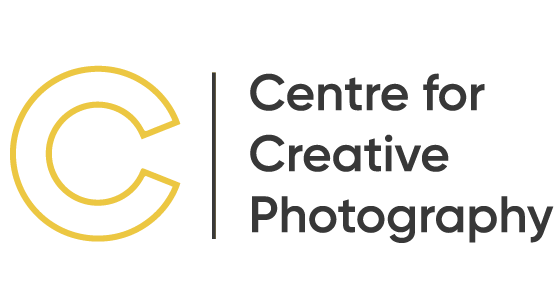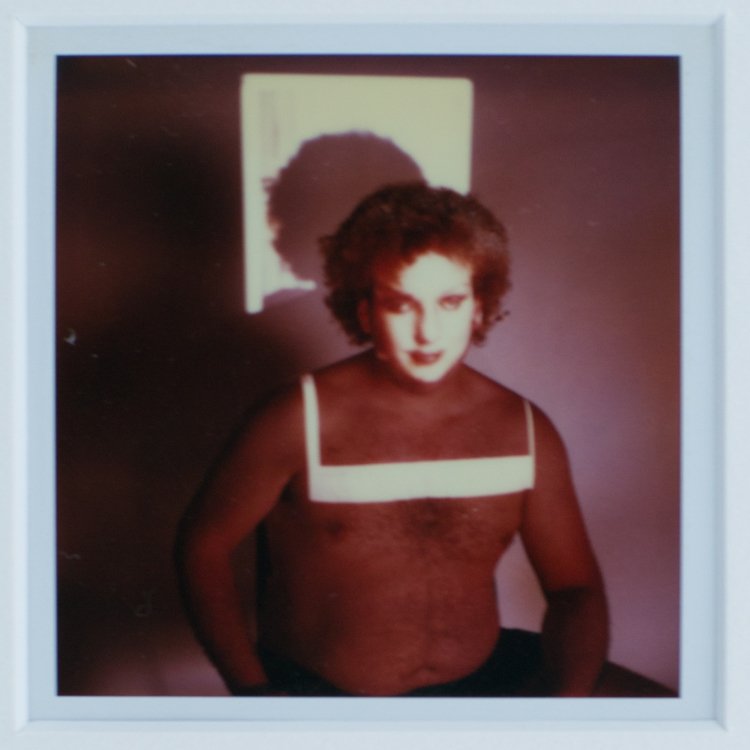THE EVOLUTION OF THE IMMACULATES
The Light Gallery (at the CCP) has been kind enough to celebrate the 25-year anniversary of the first of my Immaculate Projections series with an upcoming exhibition, opening Sunday 14 February 2016 at 3:00pm. I hope you can make it.
Looking at the photographs just the other day, I’m happy to say they still hold up to scrutiny after all this time—in my opinion anyway. And given this Silver Jubilee celebration, I’d like to tell you about the back story of how this body of work evolved.
Looking back to 1989:
I’m living in America and have been lecturing in photography for some seven years. I’ve been thinking about the collective memory of all the images I’ve shown under the auspices of teaching. I’m interested in how we react to the familiar and the not-so-familiar, especially related to portraiture. Often the “not-so-familiar”; that is, images we haven’t seen before, seem to be inexplicably known to us (“Have I seen that before?” “I’m sure I know that person from somewhere…”). Through genres, tropes and traditions different images can be similar, but there seems to be a shared unconscious and visual language at work as well. This is an interesting thought when you consider that something you know, or think you know, can change just by context, or with juxtaposition of other things with the original work.
By 1989 I had also established a love of Polaroid SX-70 film. This medium had influenced me with the realisation of subjective colour photographic printing – vis a vis the SX-70 Time Zero film embellishing reality with its own patina of palette. To this end, I’ve taken the liberty of adding eight original SX-70 Artist’s Proofs to the current exhibition of this work. I think these images best illustrate what I was thinking at the time and provide probably the most complete and informative insight of the evolution of what became the mural-sized pieces in this show.
Adding to this I had recently experienced at the coal-face, as it were, Richard Avedon’s seminal exhibition In the American West at the Corcoran Gallery. I was still reeling with the ultra-voyeuristic representation of people alluded to by the pure scale of his impeccably printed photographs (averaging 1.8m x 1.2m in size).
So these three elements of collective memory, subjective printing and hyper-personal, large-scale portraits, combined to an exciting train of thought. I ultimately got to thinking about recording the transience of personalities which may occur when recognised “historical portraits” become morphed with different, perhaps anonymous, people. This is what you will see with the original SX-70 Artist’s Proofs – the backgrounds were still yet to evolve. The SX-70 proofs are the key to this thinking; there aren’t any backgrounds yet, but were soon to be added when I translated them to film.
Through the evolution of this process I determined to add another layer of dialogue with the viewer by locating the subjects into specific locations. This undoubtedly further subverted the content of the original portrait. Upon seeing the first couple of SX-70 proofs (in this exhibition) what immediately struck me about them was that their richness and vibrancy couldn’t be best represented by the small scale of the 3¼ inch photographs they were. I knew they needed to be committed to film, so they could in fact be enlarged to my satisfaction. To this end, the original (50cm x 60cm) Artist’s Proofs have been printed to look like large SX-70 photographs, with the signature wide white border at the base of each photograph, representing the initial chemical pod through which the SX-70 film was developed.
The final murals, first presented in 1991, have no such border, as I wished for them to appear to be looming out of the walls on which they are shown. What I didn’t expect with the Immaculates when I started shooting them on film however, was the transmogrification that happened to all three elements contained in each photograph; the original image, the model used and the background of its location. What strikes me about these photographs – still – is their familiarity, yet uneasy distance created by the slippage that has been created by the combination of these three elements. This is further heightened by the subjective printing of the palette as a nod to the SX-70 film as well as the timeframe of the long exposure required to expose each tableau.
I hope you can see the exhibition between 14 February and 24 March so you can consider the artistic process illustrated large, and celebrate with me what has become a personally important, and internationally recognised, body of work.


